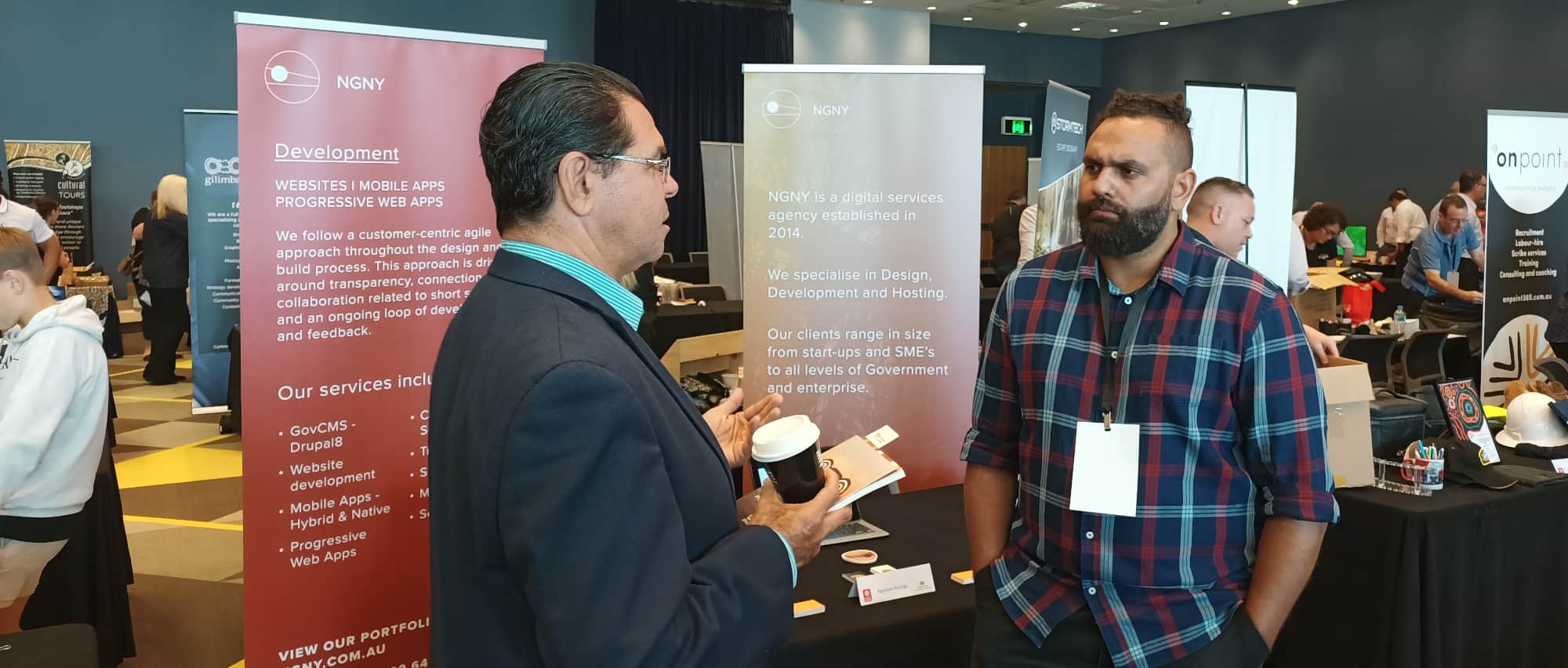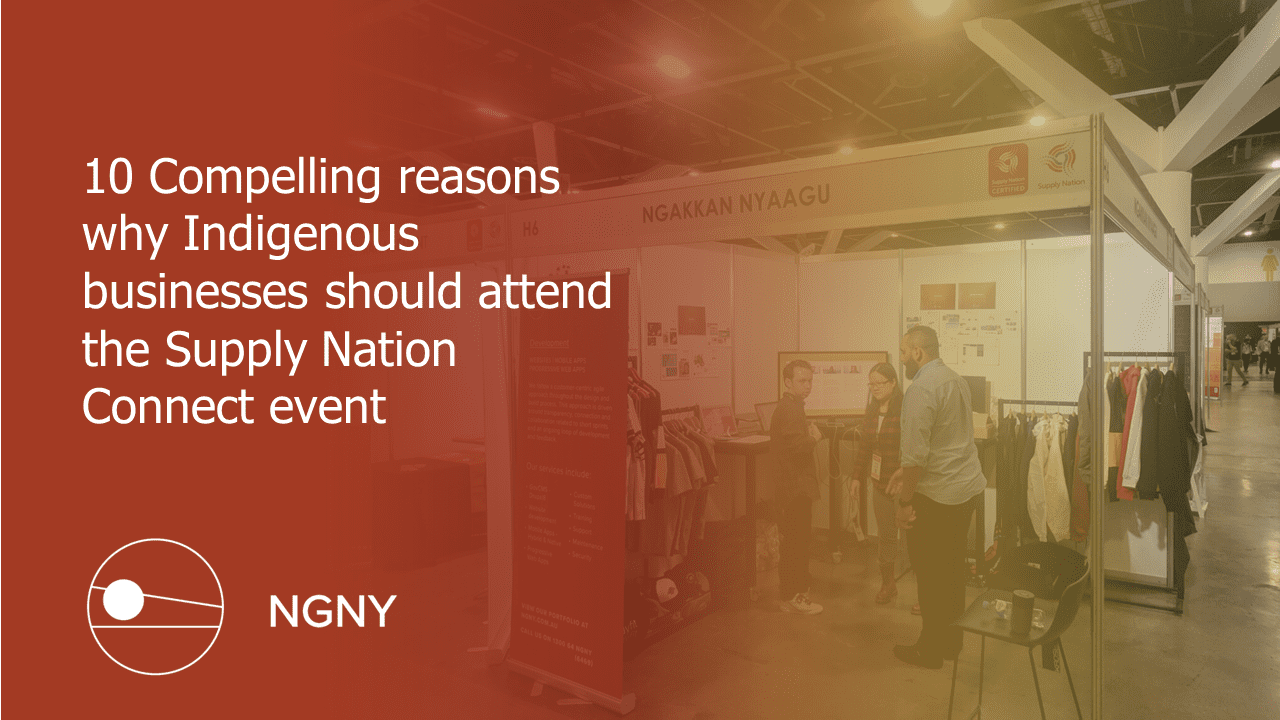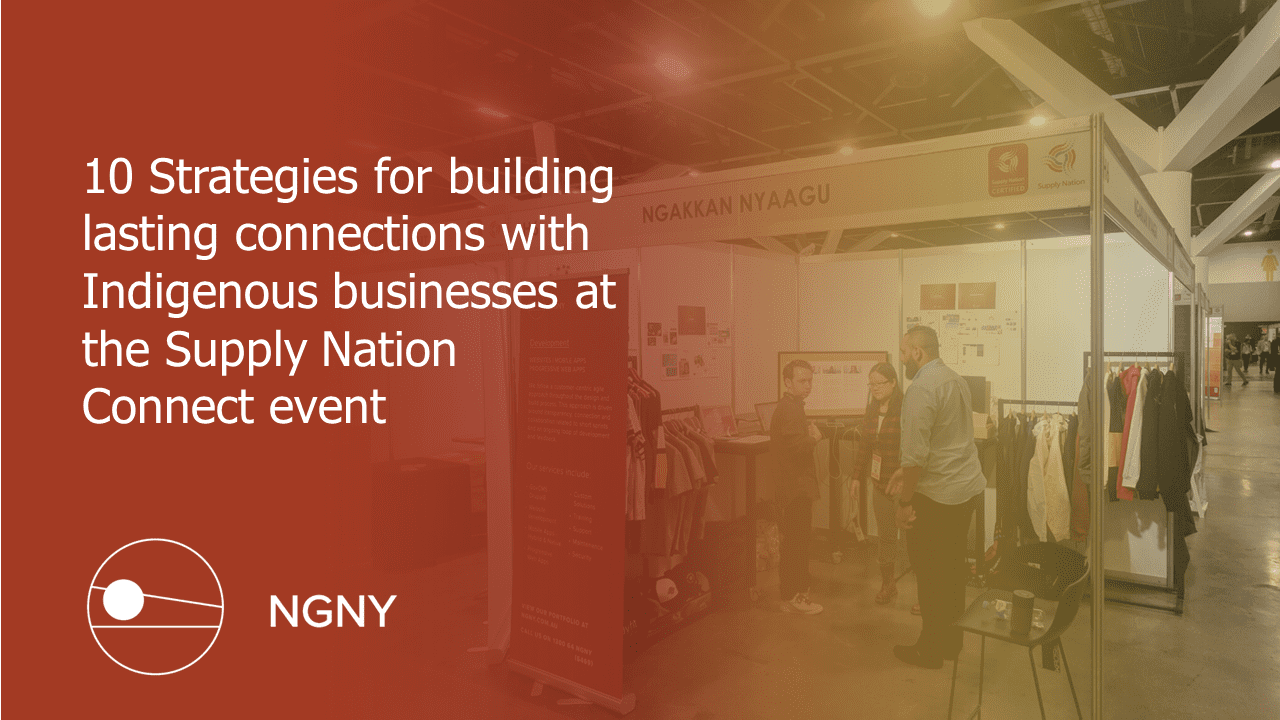
For any business, Indigenous or non-Indigenous, being able to deliver to the capability and capacity requirements of corporate and government Australia is one of the key challenges faced by a lot of businesses currently. There are different ways to address this, but there is not necessarily any specific structures and programs in place that can assist in addressing the age-old challenge of achieving and delivering on capability and capacity requirements. Does this sound like a challenge familiar to you and your business?
What is capability?
Business capability is the expression or the articulation of the capacity, materials and expertise an organization needs in order to perform it’s core functions. Business functions describes the roles that individuals and units within the business play in regards to meeting business objectives.
What is capacity building?
Capacity can be defined as: The maximum output that a business can produce in a given period with the available resources. Capacity is usually measured in production units (e.g. 10,000 shirts per month). Productive capacity can change e.g. when a machine is having maintenance, capacity is reduced.
What is the role of businesses and business owners in developing their capability and capacity?
With the presence of the Indigenous Procurement Policy (IPP) and Reconciliation Action Plans (RAPs) there’s an increasing level of activity in the Indigenous business sector. There’s a growth in the formation of Indigenous owned businesses and an increase in the number of contract opportunities being made available for these Indigenous owned businesses. With this increased level of activity also comes an increase in expectations and requirements from Indigenous businesses as well as the entities that procure their services. It is for this reason that it is very important to understand how you as an Indigenous business can develop a pathway for enhancing your capability and capacity. Being an Indigenous owned business is not a capability, the services that you offer are your capabilities. This means that Indigenous businesses should not expect to win a government contract just because you are an Indigenous business.
Here are some ideas on how you can think about addressing and increasing your capability and capacity:
- Understand what your business goals and aspirations are,
- Determine if your goals and aspirations align to your business strategic priorities. This is important because it becomes part of the driving force to push the limits of your capabilities and capacity,
- Understand who your target market(s) are and what capabilities they’re seeking and align your strategic priorities and actions to this ‘shopping list’,
- Map out your business finances and forecast and ensure that you are achieving the right targets to invest into your capabilities and capacity,
- Understand what the market standards are of your industry and establish a plan to meet and exceed these standards. This will allow you to compete with the best in your industry,
- Find out what your competitors are doing and what you can offer to your clients that is different. It’s these added bits of value and differentiation that’ll make you standout to your target customers. Otherwise, all you are doing is playing a pricing game and this is not sustainable and sometimes leads to commoditization of your product and service offering,
- Most importantly, always talk to your clients and target market and understand what they’re doing, what challenges they’re facing and how what you are offering could help them overcome these problems.
Some of this involves being able to invest in solutions and technology that supports your business processes and progress towards automation of these within your business. We’ve engaged with many Indigenous businesses who’ve talked about their desire to improve their business processes in order to streamline the way they develop products and deliver services. Have you thought about ways in which you can simplify the way you are delivering business through streamlining your processes and systems to win business and then deliver it? These processes and systems not only provide you with the opportunity to scale your business, but they assist in making your daily worklife easier. Map out your business processes from growing awareness of your business through to winning business and then delivering on it. Map out the work that it takes to deliver in each of these stages and then define the areas where you think you can do better to deliver more sustainably and more efficiently. This will form the basis of where you can start to improve your processes and ultimately support you in your journey towards increasing your capacity and in turn giving you more time to further develop your capabilities.
What role can government, corporates, Supply Nation and Reconciliation Australia play in driving Indigenous business capacity and capability sustainably?
Every entity within the Indigenous business sector needs to participate in the sustainability and growth of the Indigenous business sector. We’re all engaged in it for one reason or another so we should be ensuring that we’re put in as much as we’re getting out of it.
We at NGNY are quite opinionated when it comes to our perception of what government, corporate, Supply Nation and Reconciliation Australia could be doing to drive growth and opportunity for the Indigenous business sector and this is driven by a desire to ensure that real and sustainable outcomes are being achieved. The important point here is outcomes as the key pillar, not just outputs. There are a few Federal government departments, namely Defence, Australian Taxation Office, Department of Human Services and Department of Foreign Affairs & Trade that are doing an increasingly improved job in engaging with the Indigenous business sector. They’re actively seeking out Indigenous procurement opportunities, hosting ‘Meet the buyer’ events and forming collaborative networks related to their Indigenous Procurement Policies and how to get better at meeting their IPP compliance requirements.
The challenge with the Indigenous Procurement Policy is that there’s so many people still learning about how it works, which, in turn, means policy makers are also still tracking and monitoring it to ensure that it functions in a way that is beneficial for all parties involved. From our experience, as an Indigenous business in the IT sector, we’re scrutinized on our capability and capacity to deliver on projects that we’ve been asked to bid for. We understand that we must grow these elements of our business, but what would be ideal is to work with procurement teams who want to do more than just tell us that our capability or capacity is not sufficient enough. What does this means? Well, we’d love to see more engagement from procurement bodies to assist in providing more support and engagement to influence in bridging the divide in perceived and actual capability and capacity. Don’t just tell us we ‘fall short of the line’, make a real investment in your said intentions and desires to create and contribute to a sustainable Indigenous business ecosystem and economy. As a government entity with an IPP requirement, what are you doing to create real opportunities and sustainable outcomes for Indigenous businesses? Are you building strong relationships with organisations like Supply Nation and Reconciliation Australia to connect with Indigenous businesses not just for procurement but also capability and capacity development?
Here are some tips of what government and corporates can do to invest the Indigenous business sector:
- Align your entities strategic priorities with those of your priorities to your Indigenous outputs and outcomes,
- Maintain and promote open lines of communication with Indigenous businesses and align these to your values and strategic priorities,
- Host your own ‘Meet the buyer’ events,
- Consider engaging more frequently Indigenous businesses for non-Indigenous projects, i.e. don’t just ‘pigeon hole’ Indigenous businesses only to Indigenous projects. If this is not feasible, then think about the value that you are getting out of your engagement with Indigenous economy and determine whether you are investing back into sufficiently enough according to your core organisational values
- Work closer with Supply Nation and Reconciliation Australia to determine what sustainable outcomes look like
- Work through Supply Nation to gather data from Indigenous businesses to measure and analyse the quantitative and qualitative data that represents the voice of Indigenous business.
Capacity and capability development ultimately is the responsibility of Indigenous businesses to own. However, there’s also a responsibility of the Indigenous business ecosystem, which includes all those who interact and benefit from it, to invest back into it and ensure that it is supporting the sustainable growth and outcomes for the Indigenous economy. This, subsequently, will drive more economic opportunity and self-determination for Aboriginal and Torres Strait Islander people.




